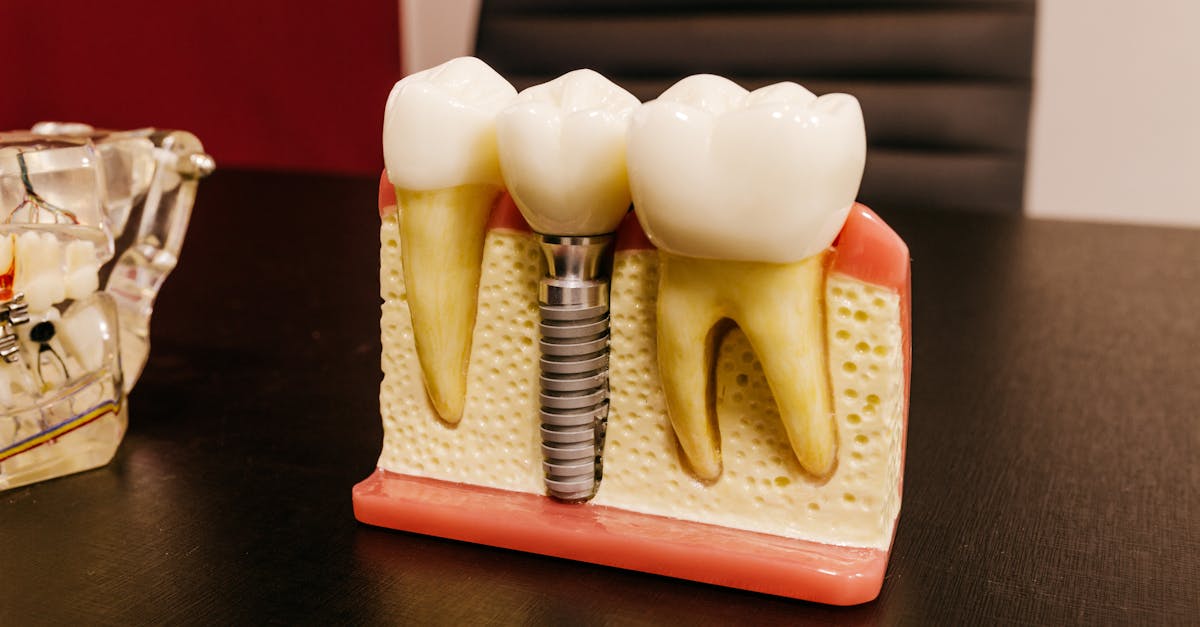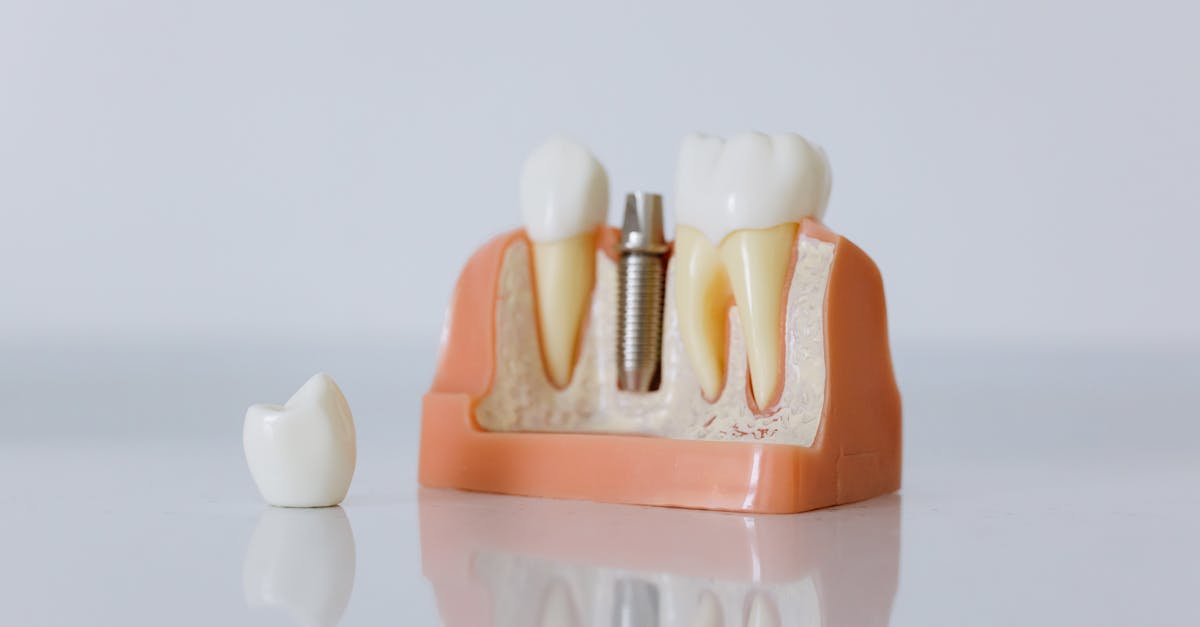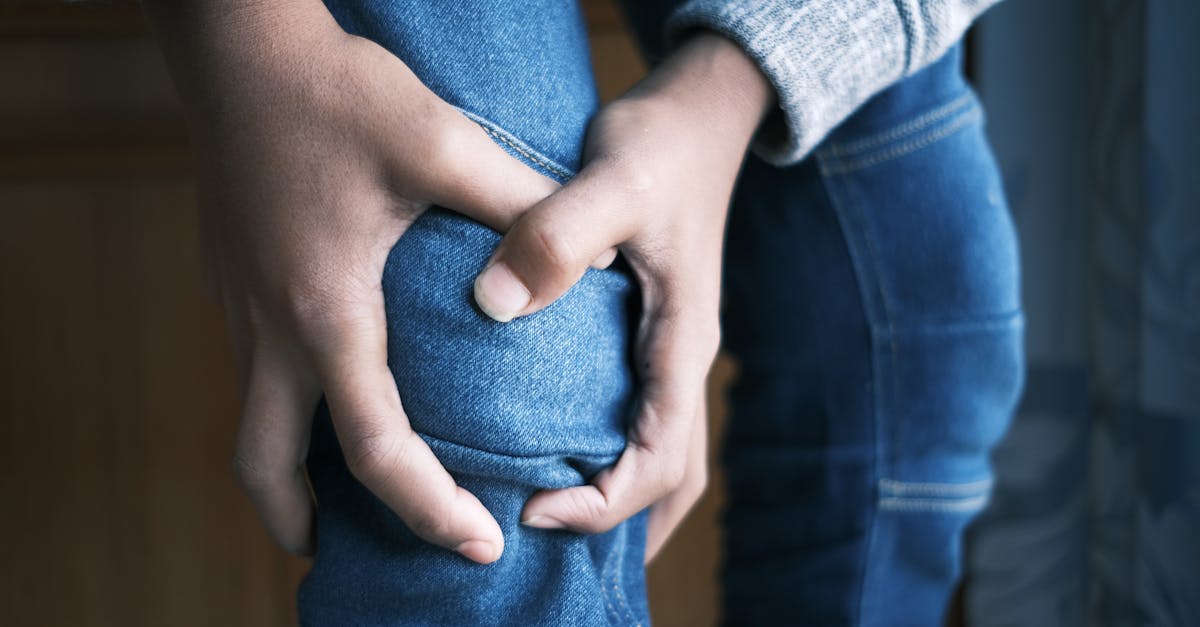Effective Treatments for Lower Back Pain
Understanding Lower Back Pain
Lower back pain, a common ailment, affects millions worldwide. It can disrupt daily activities and reduce one's quality of life. Thankfully, multiple treatment options are available to alleviate discomfort and enhance mobility.
Advertisement
Identifying the Causes
Lower back pain can arise from various factors such as muscle strain, injuries, or conditions like disc degeneration. Poor posture and sedentary lifestyles further exacerbate the problem, making early intervention crucial.
Advertisement
Home Remedies for Relief
Initial treatment may include home remedies like rest, ice packs, and gentle stretching exercises. Over-the-counter medications, such as ibuprofen or acetaminophen, can help reduce inflammation and pain.
Advertisement
Physical Therapy Benefits
Consistent physical therapy can significantly improve mobility and strengthen the back muscles. Therapists often design personalized exercise regimens to address individual needs and restore back health over time.
Advertisement
Chiropractic Adjustments
Chiropractors perform manual adjustments to realign the spine, which can relieve tension and promote healing. While results vary, many find chiropractic care beneficial in managing lower back pain.
Advertisement
The Role of Acupuncture
Acupuncture, an ancient Chinese practice, involves the insertion of thin needles into specific body points. This technique may help reduce pain and improve function by stimulating the nerves and promoting circulation.
Advertisement
When to Consider Surgery
Surgery is usually the last resort for chronic lower back pain. Procedures such as discectomy or spinal fusion are considered when conservative methods fail to provide relief, and the pain significantly impacts daily function.
Advertisement
Alternative Therapies
Patients may explore alternative solutions like yoga, Pilates, or biofeedback. These therapies focus on enhancing flexibility, strengthening core muscles, and teaching relaxation techniques to manage pain.
Advertisement
Recognizing When to Seek Help
Consulting a healthcare professional is vital if the pain persists or worsens. Severe symptoms, including numbness or weakness, require immediate medical attention to prevent further complications.
Advertisement
Conclusion
Managing lower back pain involves a combination of self-care, professional treatments, and lifestyle changes. By exploring these options, individuals can find effective solutions that improve their discomfort and return to their daily activities pain-free.
Advertisement








